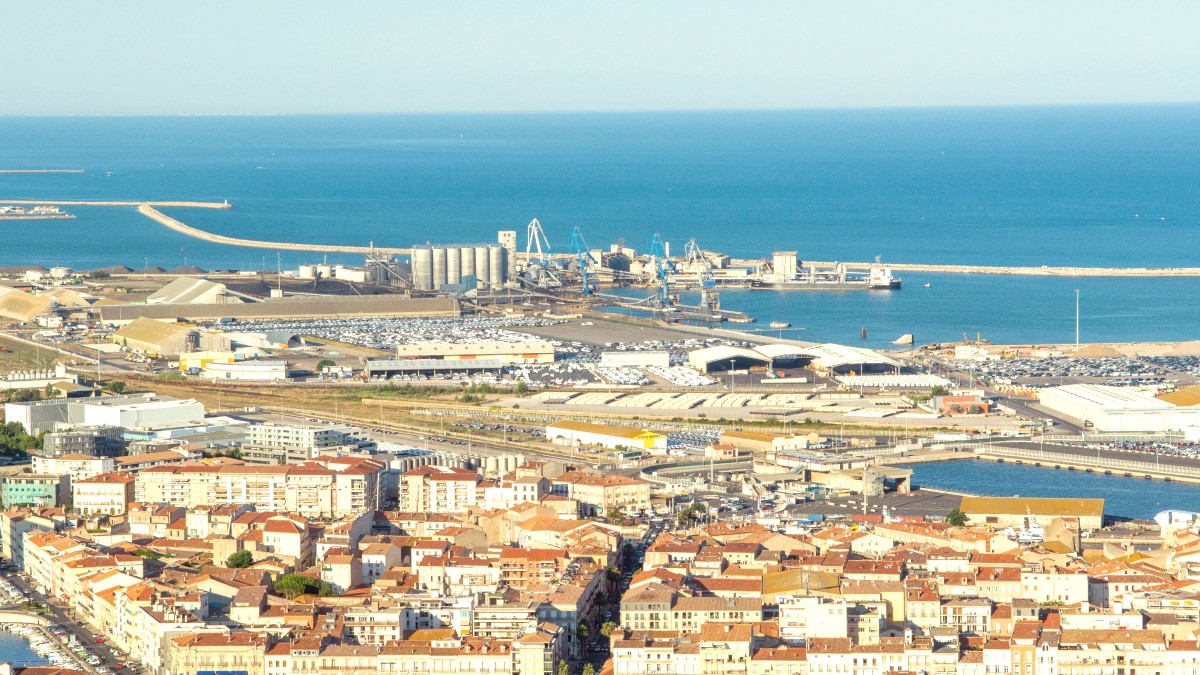
France
Sète mainly uses an efficient public bus network operated by Sète Agglopôle Mobilité (SAM). No metro or tram system exists within Sète itself, unlike larger cities like Montpellier. The bus system connects various neighborhoods and attractions.
The bus network covers areas of Sète, including the city center, the beaches (Plage de la Corniche), residential districts, and neighboring towns within the agglomeration (e.g., Frontignan, Balaruc-les-Bains). Main hubs generally locate near Gare de Sète (the train station) and in the city center, making connections convenient.
Single Ticket: ~€1.60-€2.00 from driver. Carnet (10 Tickets): ~€10-€12. Day Pass: ~€4-€5. Purchase on board, at tabacs, or SAM office.
Buses generally operate from early morning (6:00 AM) until late evening (9:00 PM). Frequency varies, 15-20 min on main routes. Reduced service on Sundays and public holidays.
Most newer buses in the SAM fleet stand designed for accessibility, including wheelchair users. This supports travel ease for all.
Licensed taxis are white vehicles with a "Taxi" sign on the roof.
Find them at designated taxi stands (e.g., train station, port) or hail if the light is on.
Fares are metered. A short ride might cost €8-€15. Many taxis accept credit cards.
Uber and Free Now operate, but taxis often remain more prevalent. Verify details.
Pre-booking car rentals, especially during high season, is recommended to secure your preferred vehicle and rate.
Drive on the right side of the road. Seatbelts are mandatory for all occupants. Mobile phone use is prohibited unless hands-free.
50 km/h in urban areas, 80 km/h on rural roads, and 110/130 km/h on highways.
Paid street parking ("Payant") is common in central Sète, typically paid at parking meters.
Sète is a city best explored on foot or by bike, allowing you to absorb its unique atmosphere.
Tour buses and hop-on-hop-off services are limited. Small tourist trains or local buses might offer city tours during the peak season.
Water Buses (Navettes Fluviales) operate seasonally, connecting the city center to the beaches and sometimes other parts of the Étang de Thau lagoon. Canal tours present unique perspectives.
Sète has no cable cars or funiculars. Access to Mont Saint-Clair is via road (bus, car, or a strenuous walk).
The Lido cycle path presents scenic rides along Sète's beautiful coastline, a truly rewarding experience.
This flat path stretches for kilometers, connecting Sète to Marseillan Plage.